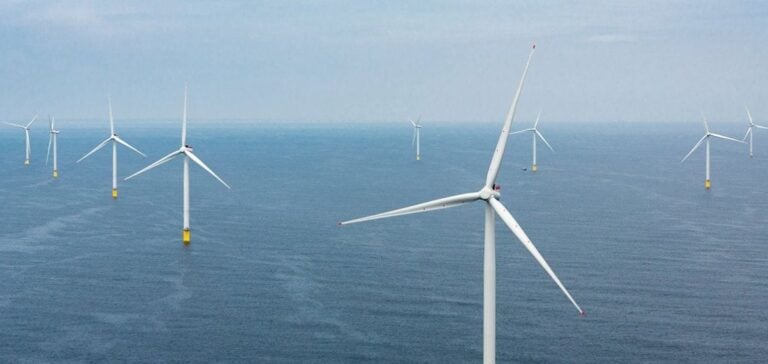The year 2023 marked a milestone for the offshore wind industry, with the installation of 10.8GW of new capacity, bringing the global total to 75.2GW. This 24% year-on-year increase is a direct response to the macroeconomic and political challenges facing the sector. Planned growth to 2030 should see a further 410GW installed, reaching the global target of 380GW by the end of the decade.
Growth prospects
Growth forecasts are based on increased cooperation between governments and industry, and the establishment of effective policy and regulatory frameworks. New offshore wind markets such as Australia, Japan, South Korea, the Philippines, Vietnam, Brazil, Colombia, Ireland and Poland are showing unprecedented interest, setting the conditions for large-scale sustainable development. Other countries, such as the United States and the United Kingdom, have decided to accelerate the development of offshore wind power. The construction of an offshore wind farm at Saint-Brieuc also demonstrates French interest in this field.
Analysis of Political Developments
Key political developments in the Asia-Pacific and Americas regions have laid a solid foundation for record annual capacity installations. Ben Backwell, CEO of the Global Wind Energy Council (GWEC), stresses that this momentum will enable us to exceed the 380GW target set by the Global Offshore Wind Alliance, and achieve the threefold ambition defined at COP28 in Dubai.
### Challenges and opportunities
Despite these advances, projected growth is at risk if a global growth framework for offshore wind is not implemented. This framework must include financing, supply chain development, permit simplification, social consensus, workforce development and network infrastructure.
Involvement of industrial players
The offshore wind industry is no longer confined to Europe, China or the United States. Rebecca Williams, Chief Strategy Officer – Offshore Wind at GWEC, notes that governments around the world are embracing offshore wind for its economic and environmental benefits. The support of players like Lincoln Electric and Iberdrola Renewables International is crucial to achieving these ambitious goals.
Technologies and Innovations
Steven B. Hedlund, President and CEO of Lincoln Electric, emphasizes the importance of investing in advanced technology and automation to support supply chain expansion. José Oriol Hoyos, Chairman and CEO of Iberdrola Renewables International, calls on the industry to continue its efforts to overcome challenges and set new growth records.
The use of marine energy, particularly offshore wind power, plays a vital role in the global energy transition and the fight against climate change. Qiying Zhang, President and CTO of Mingyang Smart Energy, emphasizes the importance of technological innovation, industrialization and global cooperation in reducing energy costs and accelerating the large-scale deployment of offshore wind power.
The offshore wind industry is well placed to achieve its ambitious goals, thanks to enhanced collaboration between governments, industry and civil society, as well as the implementation of effective policies and innovative technologies.






















